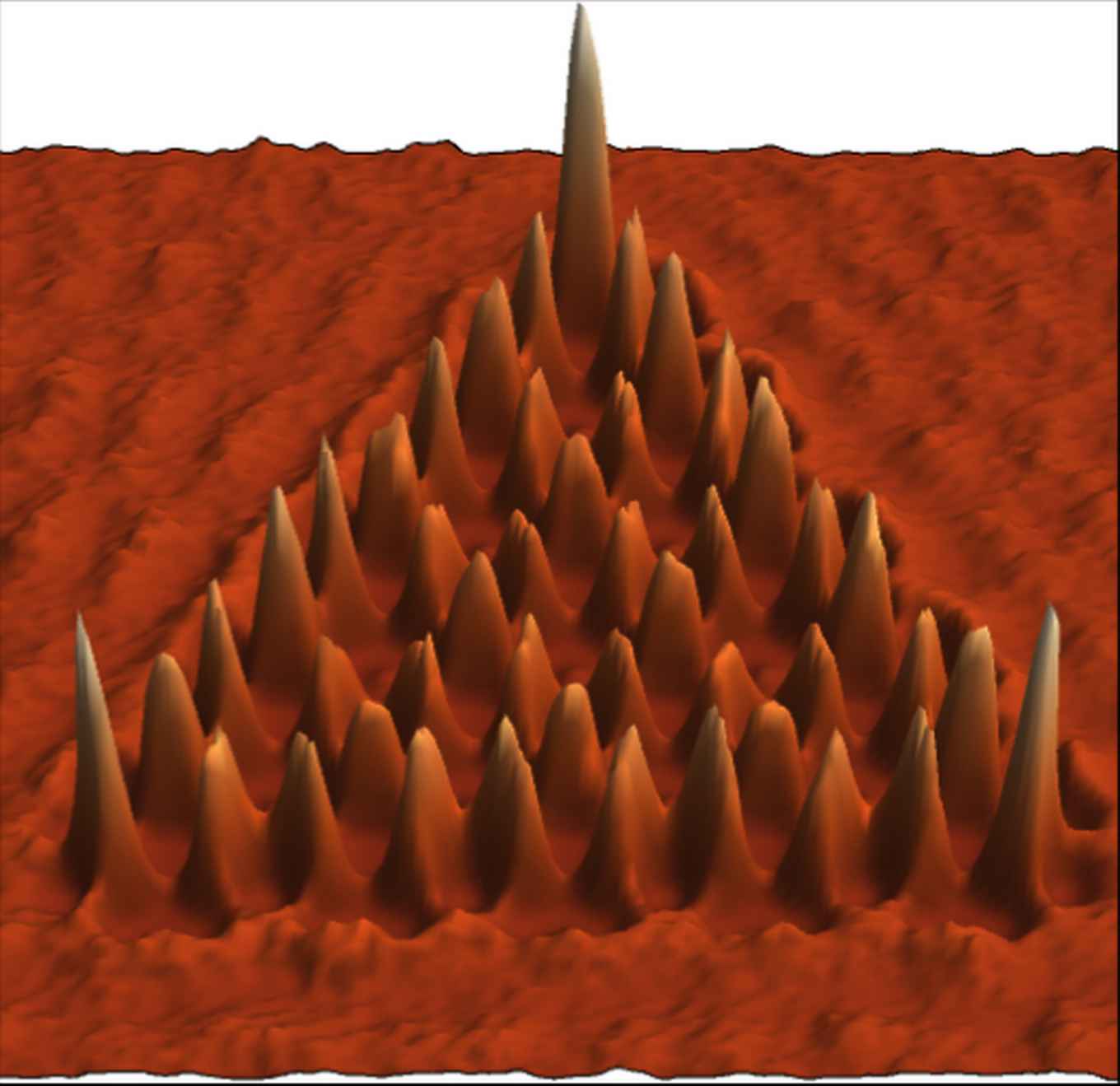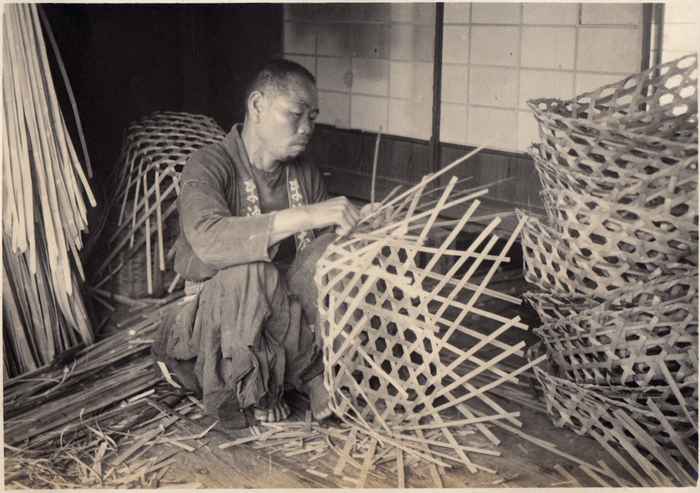Taking matter in your own hands: cornering the 'zero mode'
Utrecht physicists take new step towards realisation of qubits for quantum computers
24 September 2019

Prof. Cristiane Morais Smith (UU) explains: “There are some big challenges in the development of quantum computers. One of the main problems is quantum decoherence: information is lost into the environment. This makes it more difficult to design electronics on the quantum level than on the classical level. That is why we created electrons that are resilient to this quantum decoherence.”
Creating artificial molecules
Theoretical physicist Sander Kempkes, PhD in the group of Cristiane Morais Smith and first author of the article, explains: “Normal molecules that can be found in Nature often have interesting properties, but it takes a long time to find one that has exactly the properties you would like. That is why we took matter into our own hands.” In close cooperation with a group of experimental physicists, they created artificial molecules from the bottom up using only a scanning tunneling microscope, a copper sample and a bunch of carbon-monoxide molecules, which are placed one nanometer apart from each other.
Donut
The researchers were able to create very robust corner modes that are protected by symmetries of the hand-made molecule. Just as you cannot get rid of a hole in a donut unless you cut it, one cannot get rid of these corner modes without doing something drastic to the system. Due to the extremely precise and controlled way of creating the molecule on the nanometer scale, the researchers were able to verify the resilience to defects of these zero modes that are localised in the corners of the molecule. Although these modes are not ready to be used as quantum bits yet, it is an important step in the direction of creating them in artificial systems.

Japanese pattern
The researchers were inspired by the so-called kagome pattern, a tiling that originates from Japan and consists of triangles and hexagons. There are some real materials that have this particular shape, but not exactly in the way the researchers wanted. This is why the theoretical physicists designed a new kagome molecule on the computer, after which experimental physicists in the lab of Ingmar Swart and Daniel Vanmaekelbergh (Utrecht University) experimentally realised the molecule. Previously, they used the same techniques to make electronic lattices that relate to supermaterials and quantum fractals.
Muffin tin
Experimental physicist Marlou Slot explains: “Manipulating a carbon-monoxide molecule can be thought of as sliding a queen on a chessboard on the nanometer scale, using a needle instead of your finger.” The entire procedure is like creating an inverted muffin tin (queen) for the electrons floating around, with the desired geometry. The muffin tin forces the electrons into a particular shape that the researchers want, ready to bake and serve. Although ‘baking muffins’ should not be taken too literally, because the experiment takes place at -269 degrees Celsius. Bon appétit!
Publication
Robust zero-energy modes in an electronic higher-order topological insulator
Sander N. Kempkes*, Marlou R. Slot*, Jette J. van den Broeke*, Pierre Capiod*, Wladimir A. Benalcazar, Daniel Vanmaekelbergh*, Dario Bercioux, Ingmar Swart*, Cristiane Morais Smith*
Nature Materials, DOI 10.1038/s41563-019-0483-4, 23 September 2019
* Authors affiliated with Utrecht University